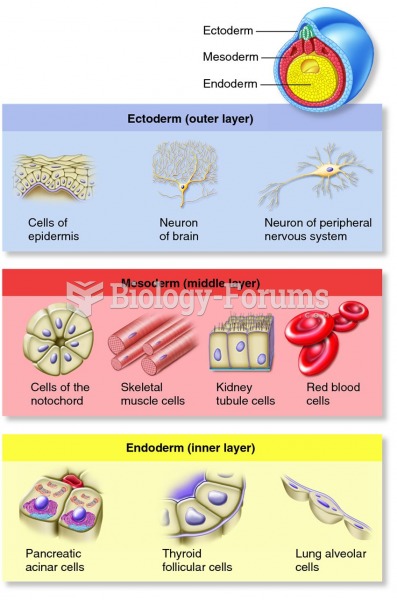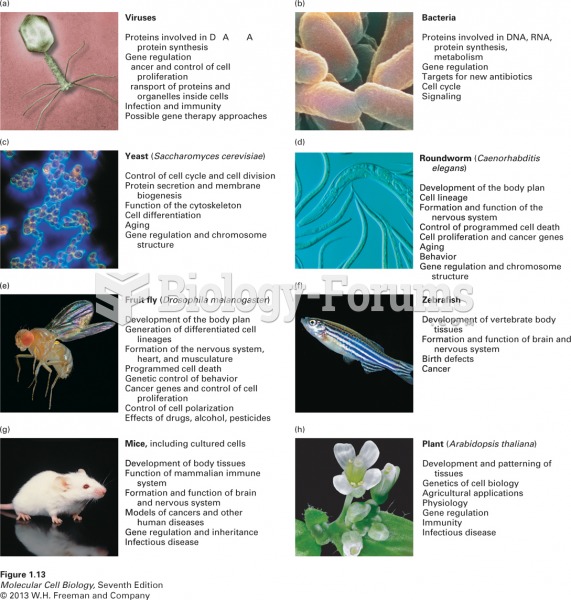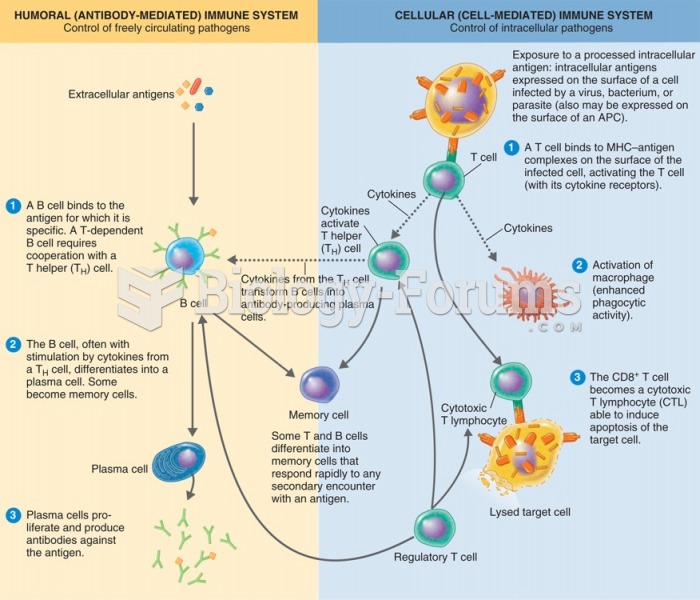Answer to Question 1
Two types of training methods are used to improve strength: isometric (static) and dynamic (previously called isotonic).
In isometric training, muscle contractions produce little or no movement, such as pushing or pulling against an immovable object. Isometric training does not require much equipment. Because strength gains with isometric training are specific to the angle of muscle contraction, this type of training is beneficial in a sport such as gymnastics, which requires regular static contractions during routines.
In dynamic training, the muscle contractions produce movement, such as extending the knees with resistance on the ankles (leg extension). Dynamic training is the most popular mode for strength training. The primary advantage is that strength is gained through the full range of motion. Most daily activities are dynamic in nature. We are constantly lifting, pushing, and pulling objects, and strength is needed through a complete range of motions. Another advantage is that improvements are measured easily by the amount lifted.
Answer to Question 2
The human body has two basic types of muscle fibers: (a) slow-twitch or red fibers and (b) fast-twitch or white fibers. Slow-twitch fibers have a greater capacity for aerobic work. Fast-twitch fibers have a greater capacity for anaerobic work and produce more overall force. The latter are important for quick and powerful movements commonly used in strength-training activities.
The proportion of slow- and fast-twitch fibers is determined genetically and consequently varies from one person to another. Nevertheless, training increases the functional capacity of both types of fiber, and more specifically, strength training increases their ability to exert force.
During muscular contraction, slow-twitch fibers always are recruited first. As the force and speed of muscle contraction increase, the relative importance of the fast-twitch fibers increases. To activate the fast-twitch fibers, an activity must be intense and powerful.







